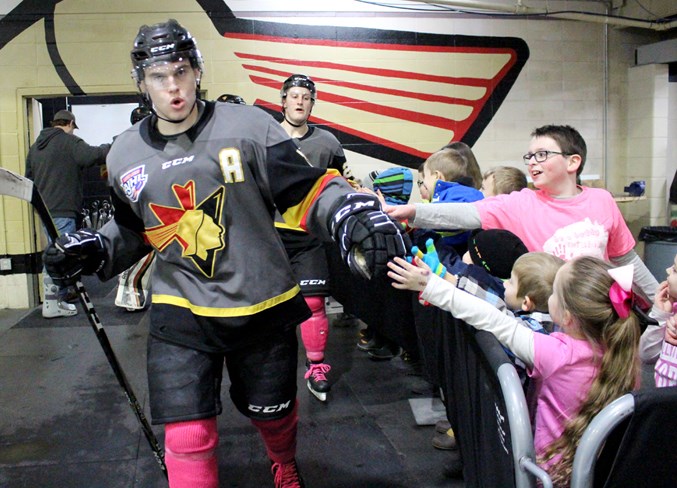Bullying has changed drastically over the years, and these differences can have lasting impacts.
Instead of facing physical taunts or name calling to their faces, children and teens are bombarded with messages and photos through social media.
“From my perspective, we hear about it more outside of school than inside,” noted Dani Angell, student advocacy counsellor at H.E. Bourgoin Middle School. “Whereas when I grew up, it was probably more on the playground. Now, it’s over text messaging, social media, and kids say things over the Internet that they wouldn’t say in person.”
Principal at Notre Dame Elementary School, Kim Reashor-Kaiser, agreed.
“When I was in school, I don’t know if they really acknowledged it or not... I don’t think we saw it as much, and I think the reason I say that is there wasn’t... social media, there wasn’t a lot of external sources. If something was going to be done or said, it was usually said to your face. Whereas now, unfortunately, a lot of it’s definitely behind the scenes; social media plays a huge part.”
According to the Government of Canada, one in 10 Canadian teens say they’ve experienced some form of negative or inappropriate comments online. Over 30 per cent of teens have seen these about someone they know, while 18 per cent of parents say their child has experienced cyberbullying.
Alena Thompson, mental health navigator for the Bonnyville Child and Adolescent Mental Health Clinic, said bullying can lead to anxiety, low self-esteem, sadness, and isolation.
Instead of bullies seeing the impact their words may have on someone, the Internet allows them to hide behind a screen when they’re being cruel.
“The bullying comes just that much easier because you can say a lot of things to somebody else when you don’t have to say it to them in person and see their face and reaction to it. You can say a lot more hurtful words when you’re not standing in front of someone,” expressed Thompson.
Angell noted cyberbullying is psychological, and can be worse than most physical cases for the subject of the torment.
“It’s totally individual. It’s how the person interprets it, and how it affects each person individually.”
Due to the increase of students turning to their computers to taunt each other, the subject is being taken more seriously now than it has been in the past.
“Maybe it took people a little while to understand the damage that could be done and the damage that was being done. I think it was done a lot in secret, sometimes it’s still very secretive, and there’s still apps where they can send anonymous messages,” Angell explained.
Thompson added, “It certainly gets more out of control on the Internet than it does in person, which I think that’s where kids feel a lot more lonely and isolated... They don’t know where it’s gone. At least if bullying is happening (in person), you see who’s in the room and who’s seeing it happen. Not that it makes it any better, but the numbers that can be involved online are definitely much higher.”
Educating students on the different aspects of bullying is crucial in preventing it as much as possible.
“We’re not going to say things are non-existent. You have your glitches that you have to deal with over the years, but I think the overall with education and the knowledge of ‘what does it mean to be a bully?’ or ‘what does it mean to be mean?’ Breaking those things down, and talking with the kids (is important),” expressed Reashor-Kaiser.
Angell and Reashor-Kaiser agreed days like Pink Shirt Day, an event that started after a child in Nova Scotia was bullied for the colour of his shirt, are important for the anti-bullying movement.
“It can be a good resource... and a good sense of awareness... I don’t think any awareness is bad,” Angell said.
Reashor-Kaiser added, “It’s promoting to the kids that you want to be a buddy, not a bully. When to step up if they see things happening to other kids, they’re going to step in and let an adult know, or let somebody know that can help.”



